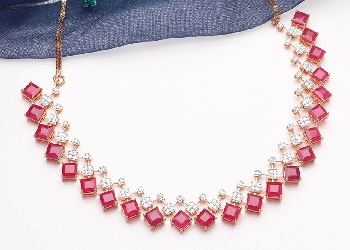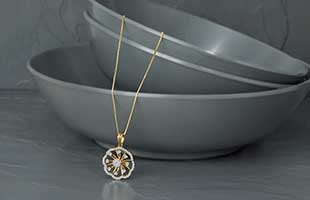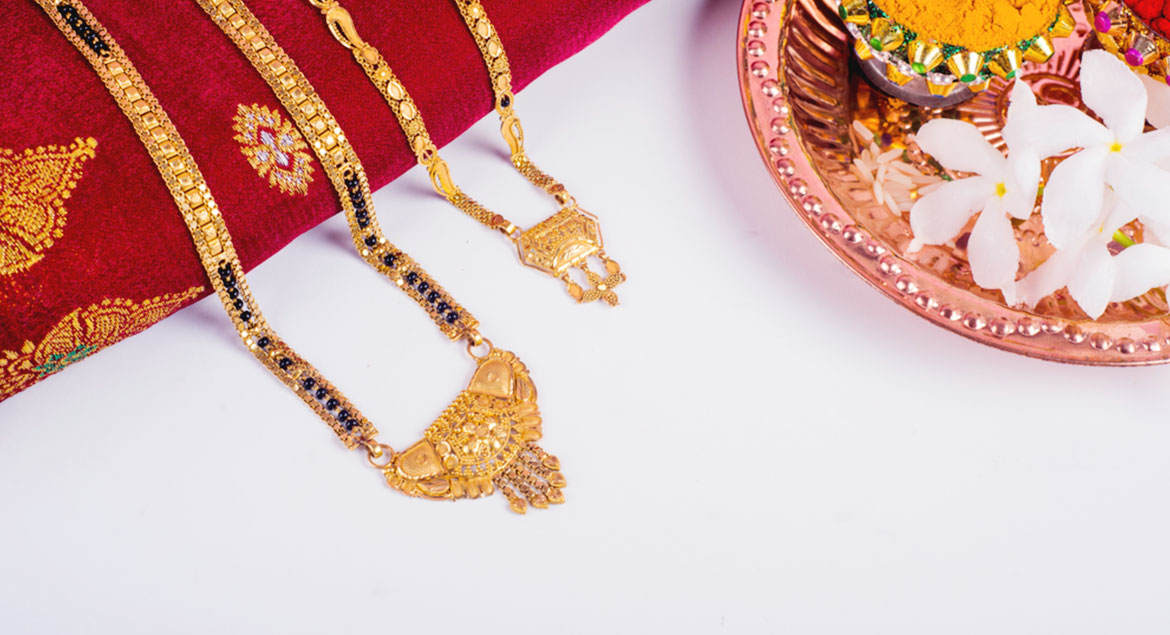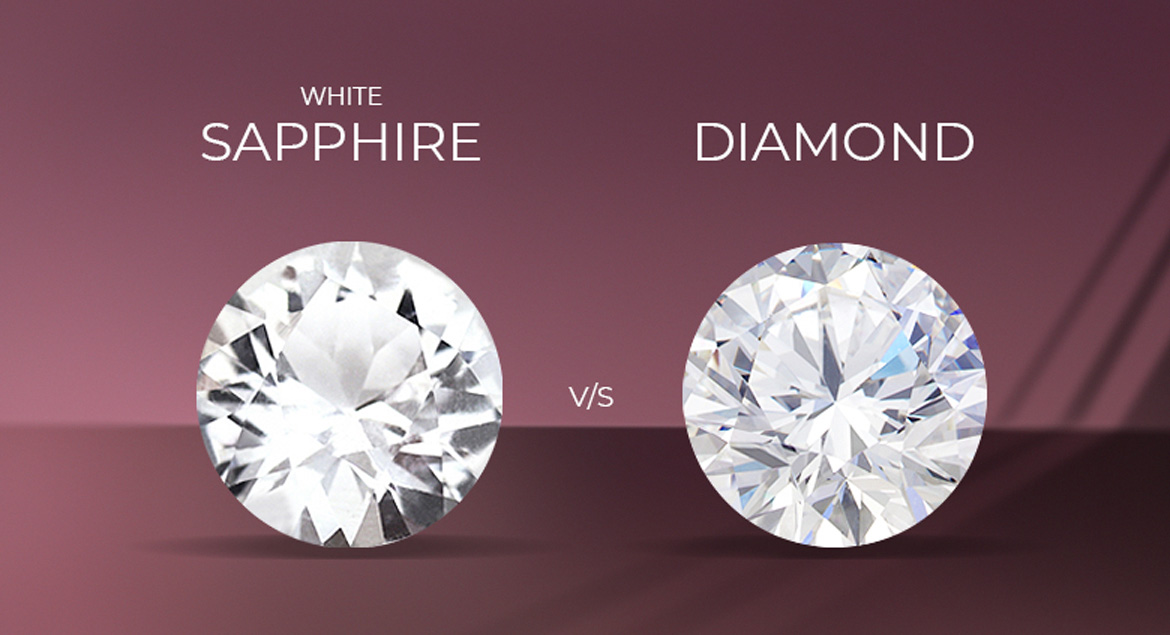What is 916 Gold? : Understanding the Purity of Gold
by Francis Alukkas | 21 September 2021 | GOLD JEWELLERY
Gold, with all its value and preciousness, is an easily adulterated commodity. The purity of gold is easily altered and can go unnoticed. For this reason, gold purity is based on certain standardization for the ease of recognizing pure gold from the impure.
What is 916 gold? Why is it so popular? What is the difference between 916 gold and others? What is 22K and 24K gold? What are BIS and hallmarked gold? These are the common queries gold customers pose. A customer has to be well-versed with the common terms and aspects of purity of gold.
What is 916 gold?
When looking to buy gold, the term ‘916 gold’ is a very commonly heard one. So, what is 916 gold? What does that number denote? It is nothing but the percentage of gold present in the alloy used to make the gold jewellery or coins. The number 916 denotes there is 91.6% pure gold in the alloy.
What is the difference between 916 and 22 karat gold?
There is no difference. They are the same. The 916 gold has a proportion of 91.6 grams pure 24 karat gold in 100 grams of alloy (22/24 in percentage is 91.6%) and hence, called 22 karat.
In gold jewellery making, 22K gold is considered as the ideal proportion because gold is a soft metal with low malleability and durability. The purest gold is 24K but it is too soft to make jewellery. Whereas, when gold is bought as an investment, the preferred quality is 24K. Even then, pure metal would still contain a small amount of impurity and even the highest purity of gold can only be 999.9 parts out of thousand.
Under this purity assumption, 18K gold would 750 gold, 23K would 958 gold and 14K would be 585 gold.
You can also check out how to purchase gold
What is hallmarking?
Hallmarking refers to the process of certifying the purity and fineness of gold. Hallmarking of gold and silver is done by the Bureau of Indian Standards (BIS). So, a BIS hallmarked gold jewellery, bar or coin conforms to the set of standards enforced by the BIS.
What is 916 hallmark gold?

Earlier, it was enough to ask, “What is 916 gold?” From January 15th, 2021 onwards, it will be mandatory for jewellers all over India to sell only hallmarked gold. Hallmarking can assure purity and authenticity of the gold and customers should be aware of what to look for. The hallmark signs or symbols have to be checked on the gold.
So, the 916 hallmark gold will have a BIS-certified hallmark engraved on it. The denotation used will be 22K916. This corresponds to 916 gold or 22K fineness and purity of gold. This is the purest gold can be in jewellery making due to the strength it offers.
Purity Standards
Gold is a tricky metal and customers can be easily cheated with low purity gold for higher cost. For this reason, the government mandates the selling of only hallmarked gold. However, it is indispensable for the customers to know the standards in estimating purity of gold.
Get some details about the best gold investment scheme
There are mainly four details that you have to check when purchasing gold jewellery: BIS mark, purity in karat and fineness (whether it is 14K, 18K, 22K or 24K), the hallmarking centre and the jeweller’s identification.
BIS Mark
Gold jewellery hallmarked by BIS will sport the BIS logo. This indicates that one of BIS’ licensed laboratories verified the purity. However, BIS hallmarking scheme was not mandatory and some jewellers provide hallmarking that is not verified by the BIS. This poses a risk in knowing the exact purity and fineness of the gold.
Purity in Karat and fineness
Karat and fineness number indicates the purity of gold. The purest form of gold in Karats is considered to be 24 KT. However, in jewellery making, 22K is the highest purity used since 24K gold is too soft to make details in jewellery. Silver, zinc or other metals are alloyed with gold to use it for jewellery making and this alters the percentage of gold present and hence the purity and fineness.
Assaying and hallmarking centre’s mark/number
The gold jewellery must be assessed for purity only in BIS-licensed laboratories. The lab’s logo or license number is also imprinted on the jewellery in order to be hallmarked.
Jeweller’s identification mark
The gold jewellery store or manufacturer is also supposed to put their identification mark on the gold piece for it to be called hallmarked. The jeweller will be optimally a BIS-certified one.
Previous Blog Next Blog












